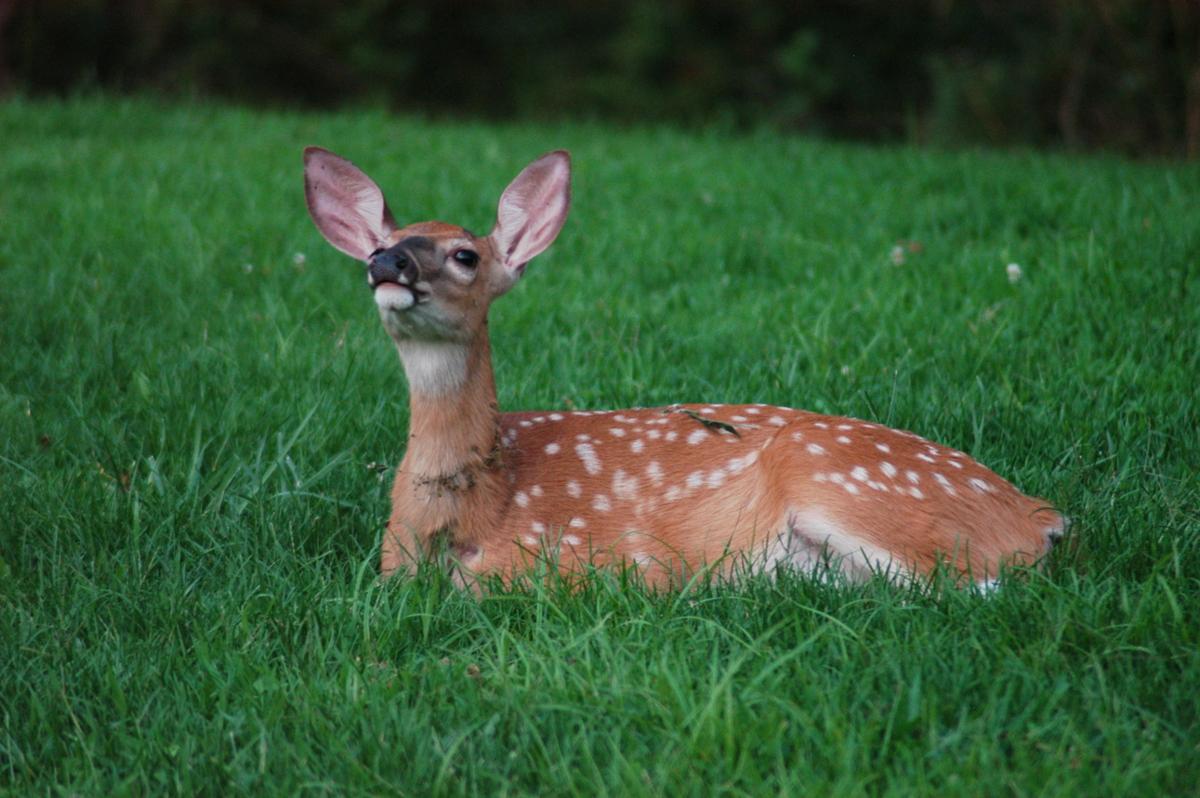D: Yaël, everyone goes on and on about all the examples of good parenting that you can find in nature, but this is the second time this week a doe has abandoned her fawn in the weeds behind my house. I thought I was done with late-night bottle-feeding!
Y: Whoa, Don. Before you denigrate other species' parenting, let alone actively interfere with it, you should know that it's rarely the case that the baby animals you run across have actually been abandoned.
D: But that fawn's been out there all morning, and he's barely moving. I can't just let it starve.
Y: That's exactly what I'm talking about. Even though fawns can stand up and walk immediately after birth, it takes them a few days before they're able to keep up with their mother as she looks for food. So the mother leaves them in a safe place and comes back every few hours to nurse them.
D: But what about predators? It's not like the fawn can fight them off.
Y: No, but it can avoid attracting them in the first place. That's why fawns sit perfectly still and have white spots which function as camouflage. And--talk about dedicated parenting--the mother consumes the fawns' urine and droppings so that predators won't pick up their scent.
D: So basically, a predator has to literally stumble on the fawn in order to even know that it's there.
Y: Exactly. In general, if you run across a baby animal that's fully furred or feathered, and doesn't appear injured, it's probably fine. Just leave it alone and keep your pets away from it. However, if you do suspect something's really wrong, check with a wildlife expert before taking action.










